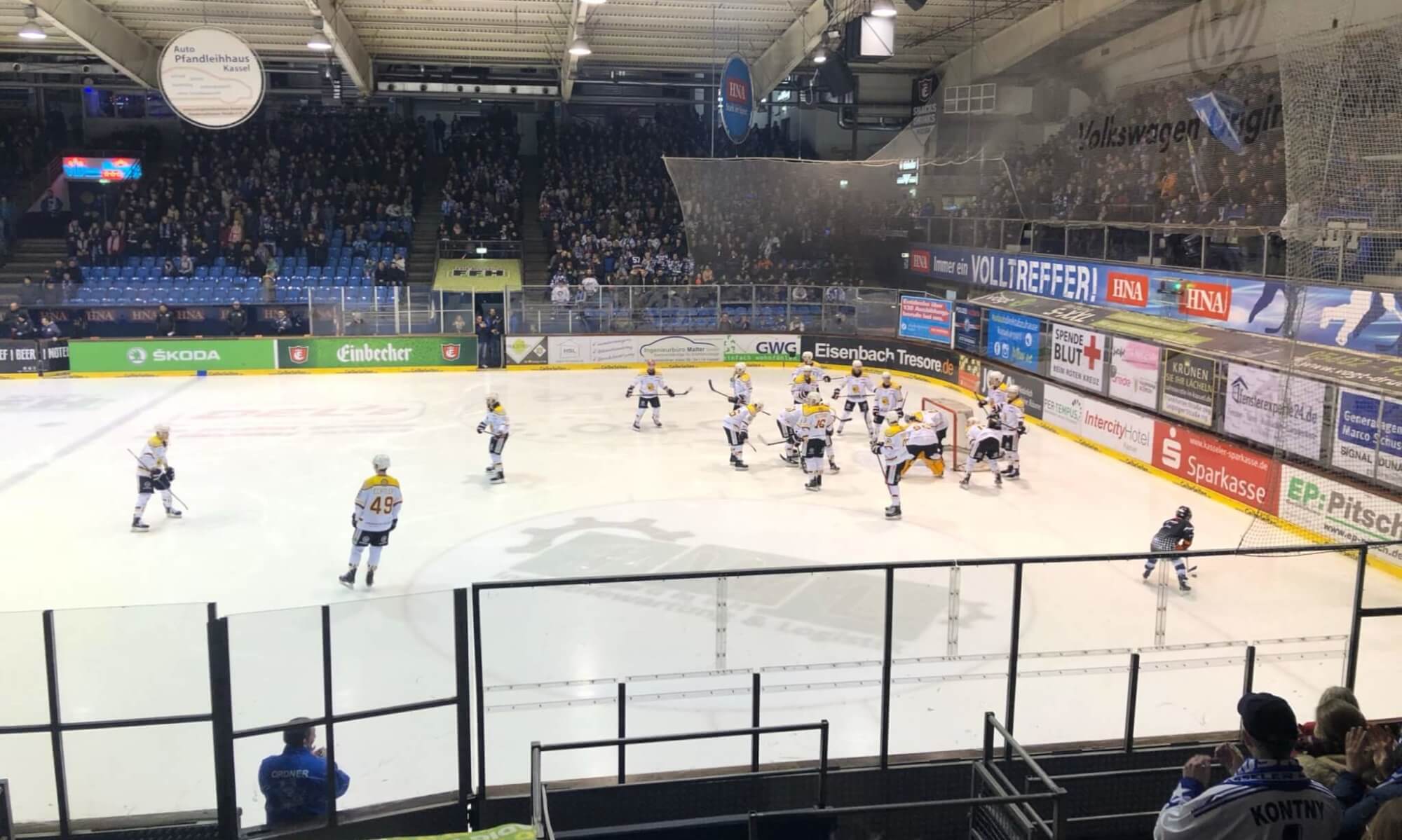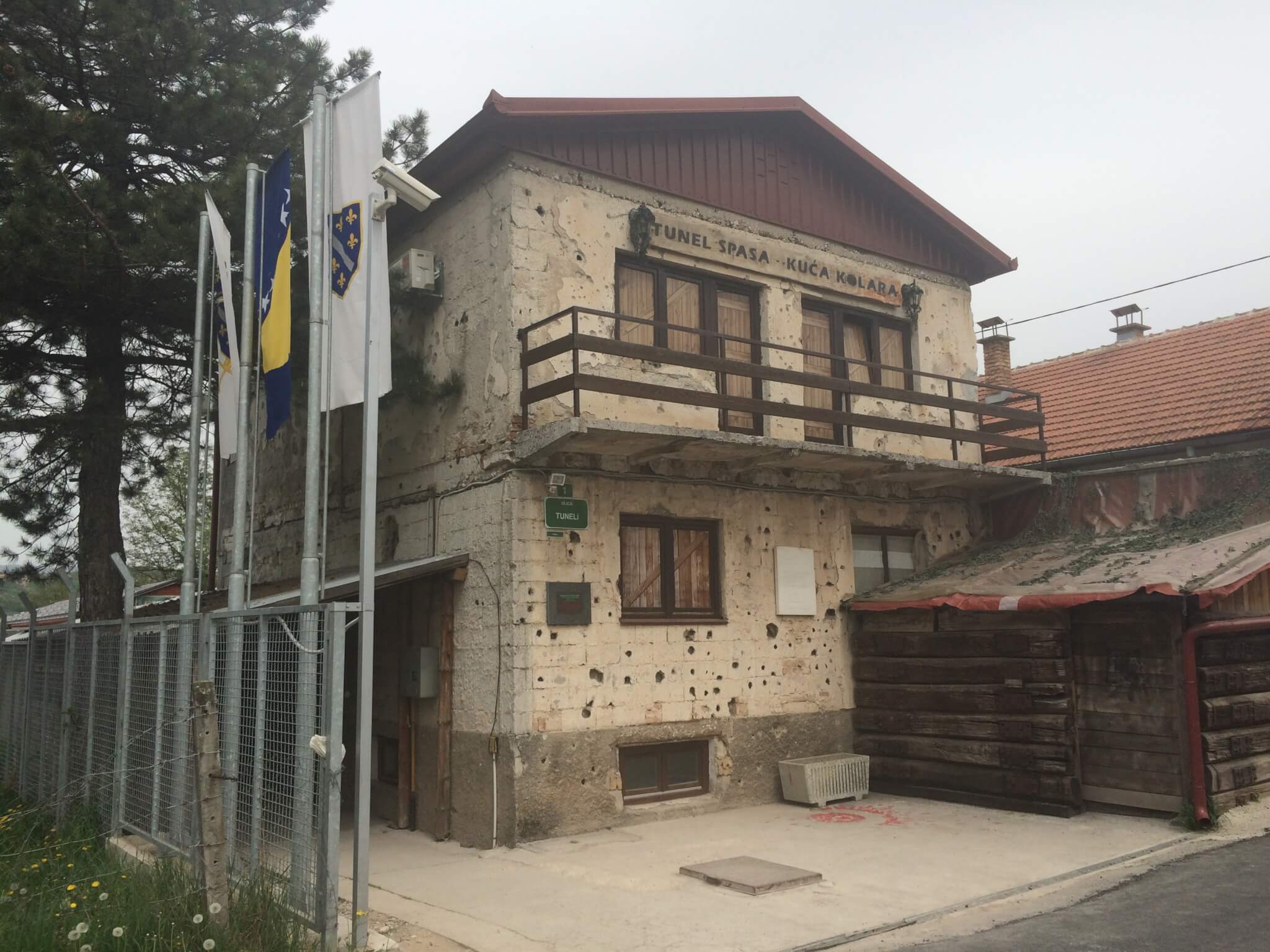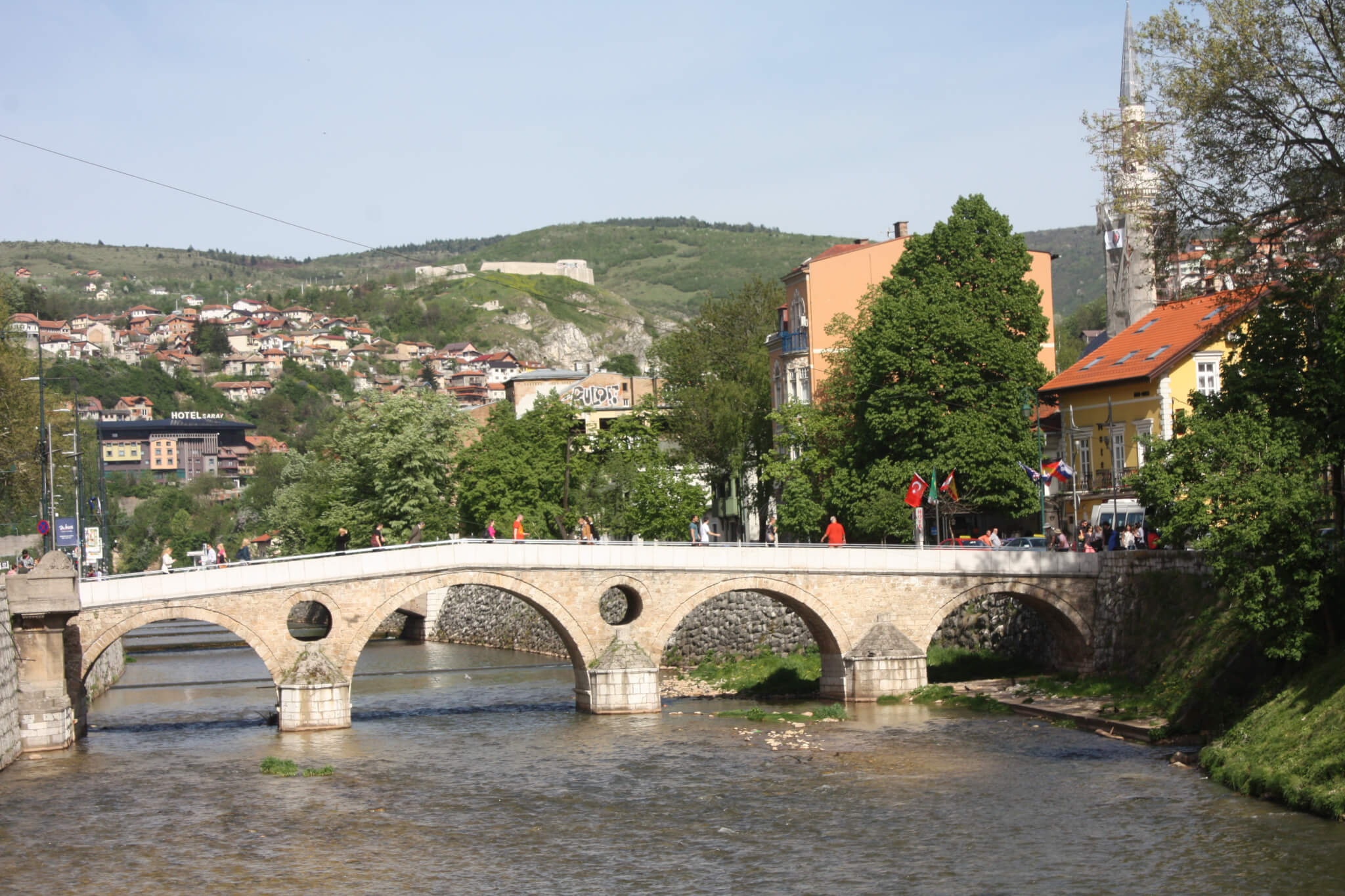The Tunel spasa is a museum about the tunnel of Sarajevo. It is located in Butmir close to Sarajevo International Airport. During the siege of Sarajevo from 1992 to 1995 there was no way into the city. In 1993 a 800 meter long tunnel was built under the airfield from Dobrinja within the besieged city to Butmir in the free bosnian territory.
Continue reading “Tunel spasa”The Assassination of Franz Ferdinand
Sarajevo is well known for three events in history: (1) the siege between 1992 and 1995, (2) the olympic winter games in 1984 and (3) the assassination of archduke Franz Ferdinand in 1914. Today, there are some traces left at the Latin bridge in Sarajevo: A memorial and a tiny museum where you can see the weapons used, the newspaper reports published afterwards and can learn a bit about the background.
Continue reading “The Assassination of Franz Ferdinand”Markale: The tragedy that ended the war
The historic market hall of Sarajevo is situated in the pedestrian zone, the Ferhadija, close to Trg oslobođenja. As it was built in Austro-Hungarian time its name was officially “Markthalle für Sarajevo” (market hall for Sarajevo) – but the citizens converted the name over time from “Markthalle” to “Markale“. Architect August Butsch created a building in Renaissance Revival architectural style which was opened in 1895.
Continue reading “Markale: The tragedy that ended the war”Buildings well known to the world
When entering the city of Sarajevo, shortly before the main street Ferhadija begins, you’ll find a scenery you might well know. On the left side the massive building of the hotel Holiday Inn, behind that the two UNIS towers; on the other side of the road the skyscraper of the Bosnian parliament.
Continue reading “Buildings well known to the world”The Roses of Sarajevo
When walking through Sarajevo with open eyes you will recognize some ruins where nature reclaims its territory and trees growing within concrete structures. You will even find facades with plenty of bullet holes and also within cable cars the heritage of the war is still visible.
Getting around in Sarajevo
Most sights in Sarajevo can easily be reached on foot. But if you are tired or want to get a bit afar from the city center, you can use the tramway (busses are also available). The streetcars are often older models imported from other european towns. Riding the tramway is quite easy, because there is only one route through Sarajevo: Beginning in Ilidža, following the main road and the Miljacka and then turning around the city center.
Restoran “Pod lipom”
If you’re about to try original bosnian dishes and in need of a more quit place, try Restoran “Pod Lipom” in Sarajevos old osman district. Set aside in a tiny street of Baščaršija the traditional Ćevapi are great and the meat balls included in Sarajevski sahan are definitly worth a detour.
Continue reading “Restoran “Pod lipom””Konvertibilna Marka
If a German – at least born in the early 1980s – travels to Bosnia and Herzegovina, there is one thing that makes him immediatly feel at home: The currency. Until 1998 there were three official currencies: The Yugoslav dinar, the Bosnian Dinar and the Croatian kuna. Unofficially one foreign currency was frequently used: The German mark (D-Mark). During the siege it was the most used within Sarajevo.
Hotel Festival
Not far from the city center of Sarajevo, next to the olympic hall and the German embassy, you’ll find Hotel Festival – a boutique hotel with friendly staff and an incredible breakfast. To reach the center, you only have to cross a street and the river Miljacka. The pedestrian area, Ferhadija, is only a five minutes walk away. Hidden on 5th floor is a staircase leading to an inconspicuous door – behind it you’ll find a really nice roof terrace. Airport shuttle available on request.
Continue reading “Hotel Festival”Sarajevo International Airport (SJJ)
Located 12 km outside of Sarajevo, this airport is historical ground. During the siege of Sarajevo it was held by the United Nations and was the only connection to the outside world. Lots of people tried to escape over the airfield and where shot by Bosnian Serbs. The number of killed persons was announced daily via radio. Later on, a 800 m long tunnel was built under the airport to get supplies into the city – you can visit a small part of it in Butmir, close to the airport.
Continue reading “Sarajevo International Airport (SJJ)”







